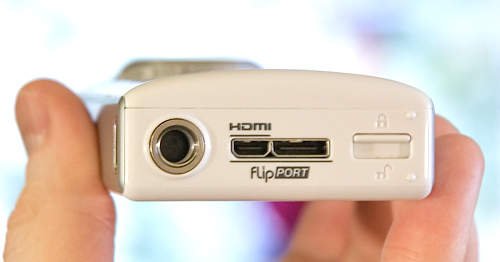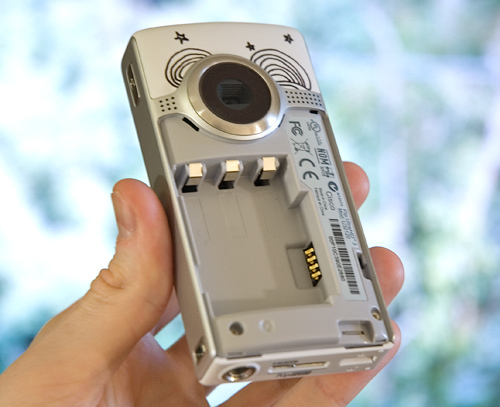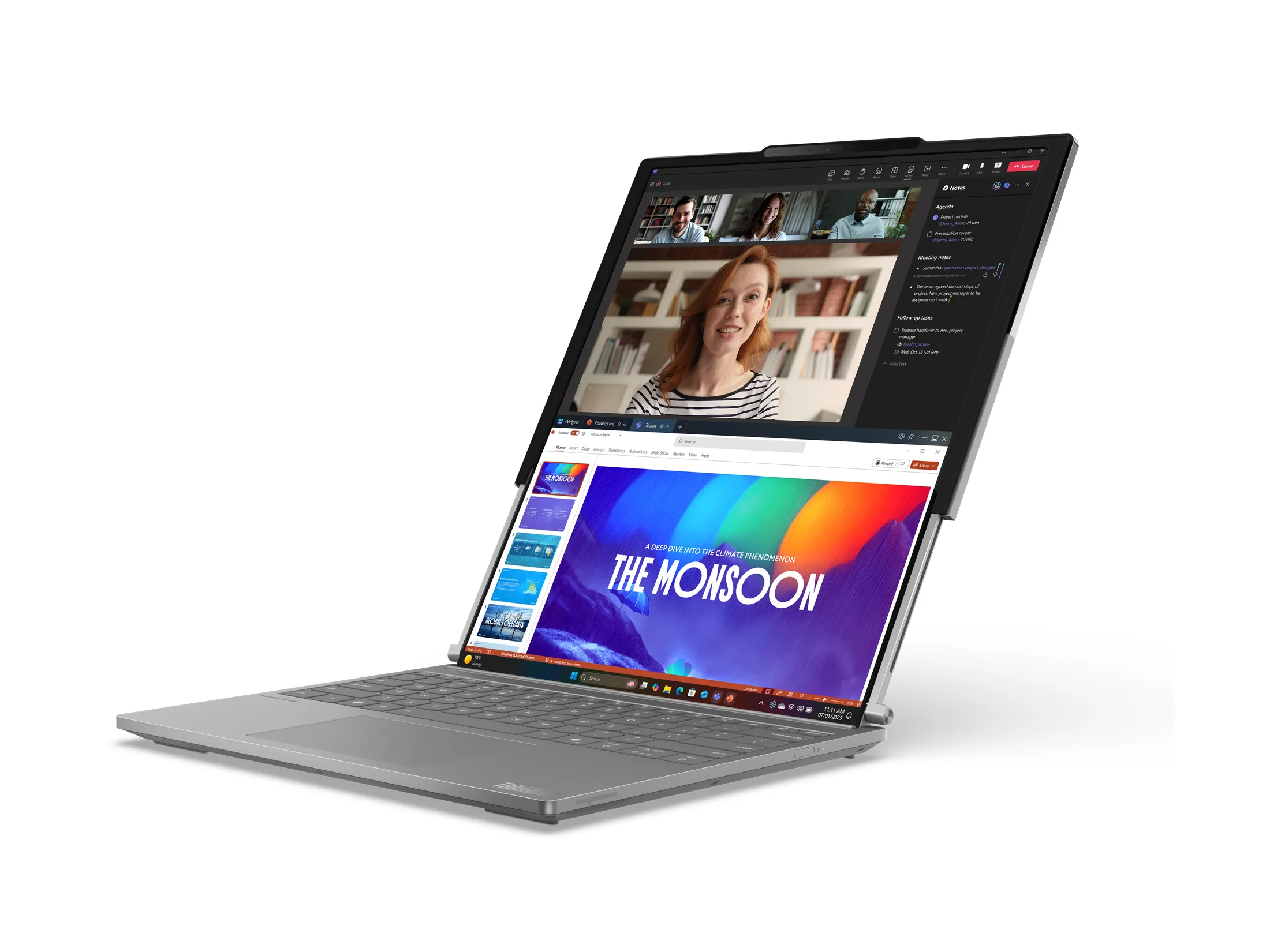
By Andrew Liszewski
For better or worse, Flip has stuck to their guns when it comes to being the easiest to use pocket camcorder on the market. While the majority of its competitors have found a foothold in the market by filling the holes where the Flip is lacking, it still remains incredibly popular. Even we have pointed out the Flip’s shortcomings time and time again, like the lack of an external mic port which would make it considerably better for activities like conducting interviews. But at the same time, if my dad ever decided to get his YouTube on, the Flip would easily be my first recommendation to him.
So while not necessarily caving in to the feature-packed peer pressure of its competition, Cisco has recently improved the Flip in a way that still keeps it dead easy to use, but also makes it more appealing to those who’ve always wanted more…

First announced a couple of months ago in the US and officially available up here in Canada as of last week, the new Flip UltraHD 2-hour model now features an extra proprietary connection option on the bottom known as the FlipPort. It’s basically designed to let third-parties (and presumably Cisco) create accessories that enhance the functionality of the Flip. But since they’re all going to be optional, they won’t end up complicating the Flip itself either. Now unfortunately we haven’t actually had a chance to try any of these accessories out since none of them are available just yet, but we’ve already written about a few of them like Scoshe’s Bluetooth freedomMIC which is quite frankly a dream come true for Flip users who conduct a lot of interviews.
Sadly though the addition of the FlipPort to the bottom of the UltraHD 2-hour (and eventually all the UltraHD models) has meant that the ‘Type C’ mini HDMI connector has been replaced with a ‘Type D’ micro HDMI connector. Finding a mini HDMI compatible cable when I first reviewed the Flip UltraHD last year was hard enough, and I imagine that micro HDMI cables are even less available. So perhaps this could be another ‘comes with’ item in the future, because being able to connect the Flip directly to a hi-def TV is a great feature.
Some of the other new notable upgrades to the latest generation UltraHD includes 60fps capture (on the 2-hour model at least) which is great for capturing home videos that make it really feel like you’re there, but not so awesome if you’re going for the ‘film look’ instead of video. However, given the Flip UltraHD now has the processing power to capture 720P @ 60fps, it hopefully means that 1080P recording, even at just 30P, might be just around the corner.
The addition of image stabilization (finally!) is a huge plus as well. Sure it’s impressive that something as small as the Flip can capture HD video like those shoulder mounted behemoths used by ENG news crews. But resting a heavy camera on your shoulder has a huge advantage over just holding it in your hand when it comes to keeping things stable. 90% of YouTube is a testament to that fact, so it’s great to see that the Flip can now take care of some of those jitters automatically in camera.

And finally, while the MinoHD models have also gained image stabilization and 60fps recording, not only are they lacking the FlipPort due to size constraints, but another big feature that the UltraHD has had for some time now. The trademark flip-out USB connector the Flips are well known for are a handy way to recharge the camera from a PC or a laptop, but when traveling it’s nice to have a backup. So while the compact MinoHD‘s battery is locked away inside its housing, the UltraHD‘s is not only accessible, but can be swapped out with 3 readily available AAA batteries. It might add a tiny bit of bulk to the whole package, but I think a lot of users will consider it well worth it.
The latest generation Flip UltraHD 2-hour, 8GB model is now available for $199.99 ($209.99 CDN) and while the 1-hour, 4GB model is cheaper at $149.99 ($159.99 CDN) it currently lacks the built-in image stabilization.










